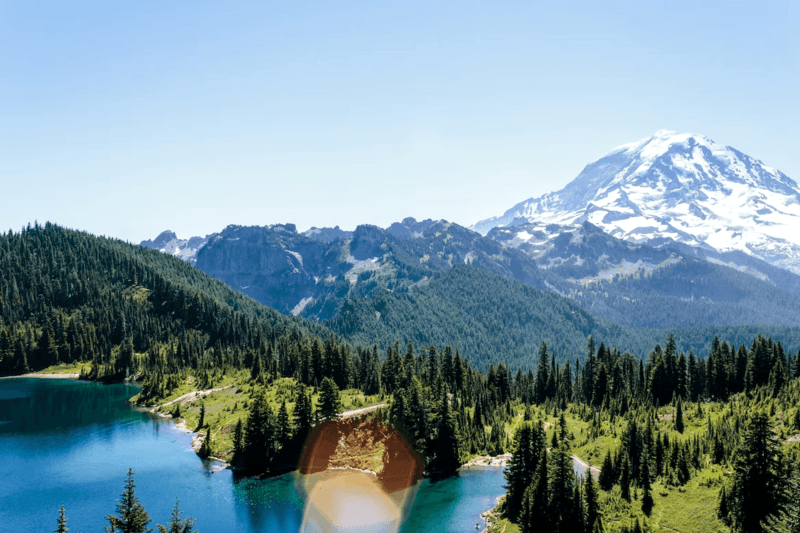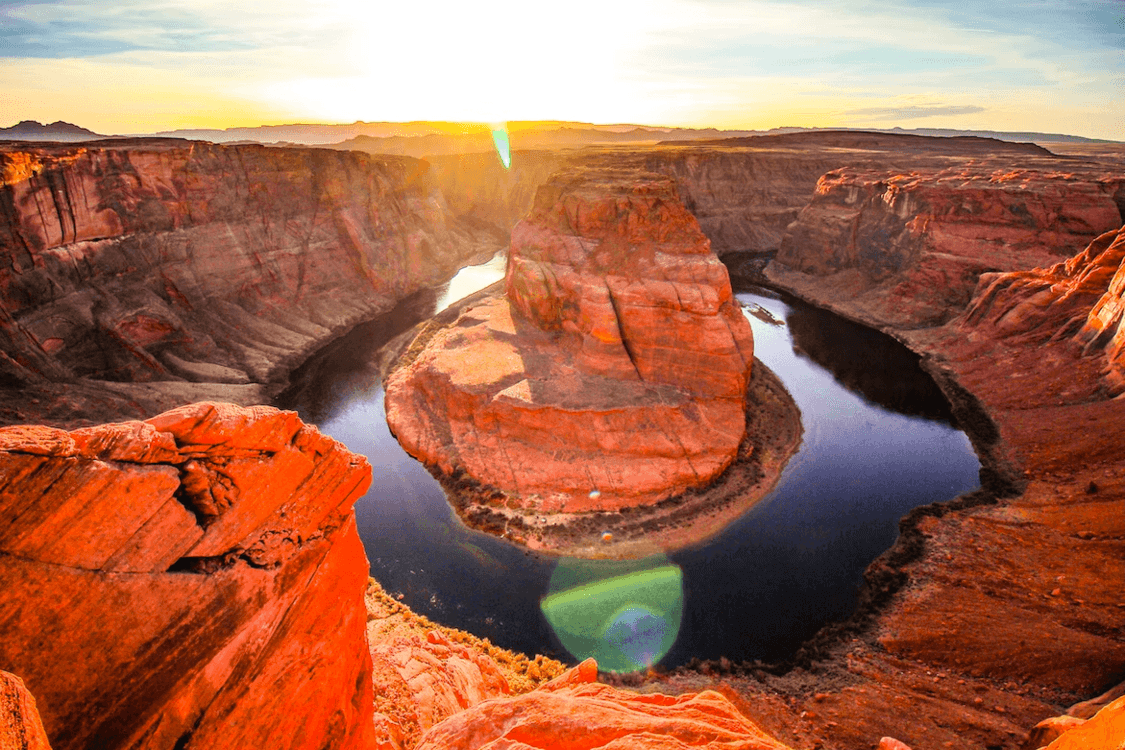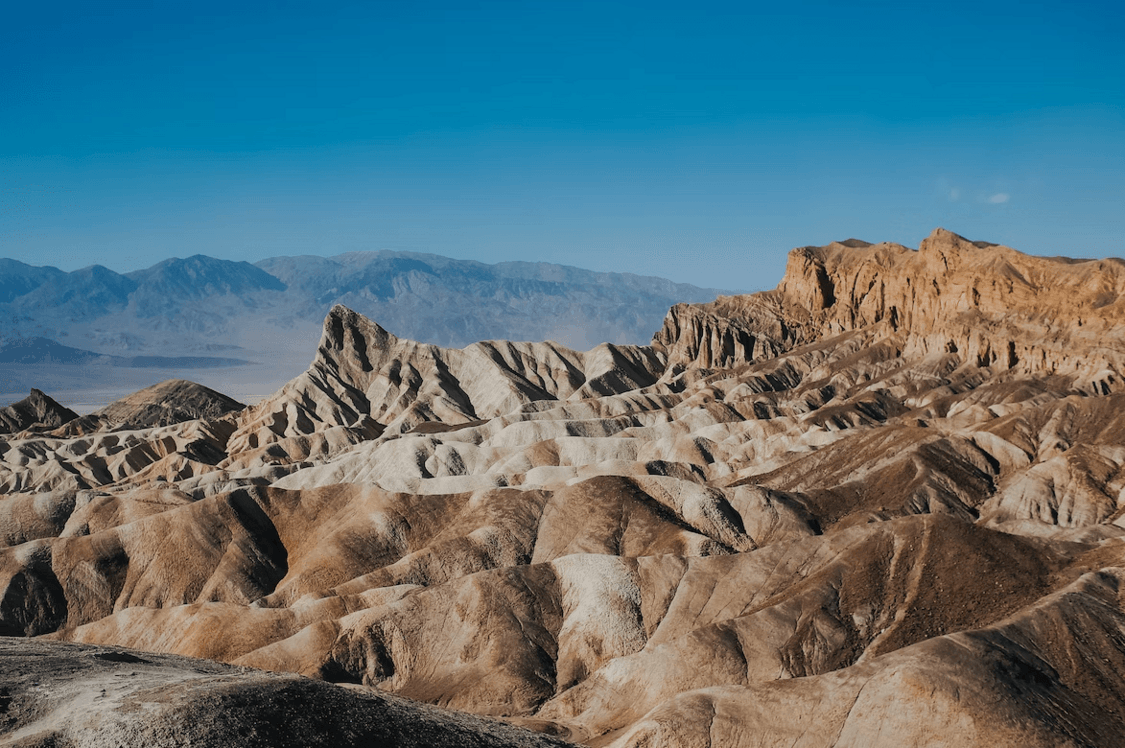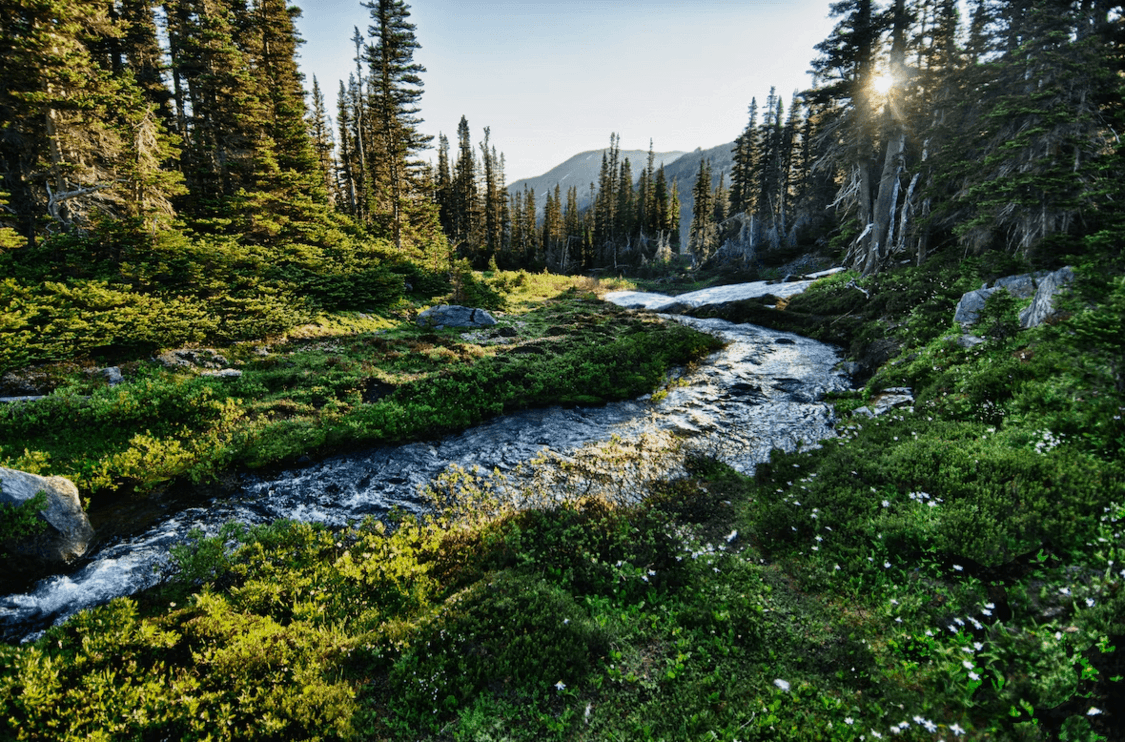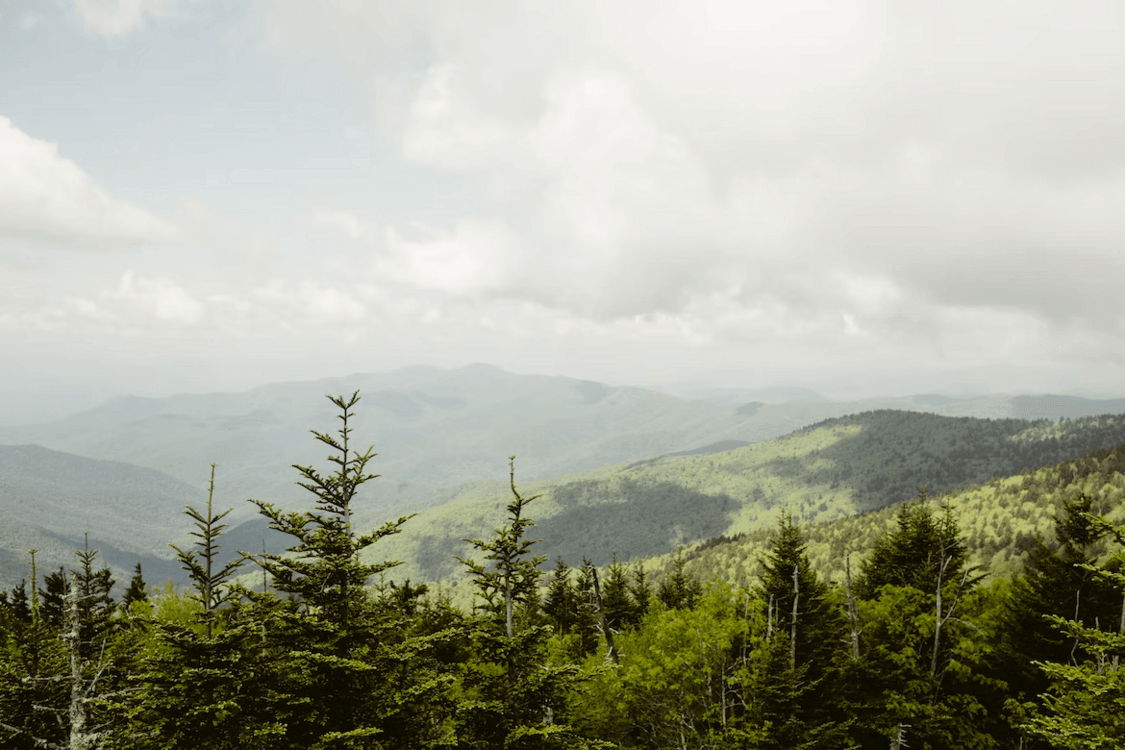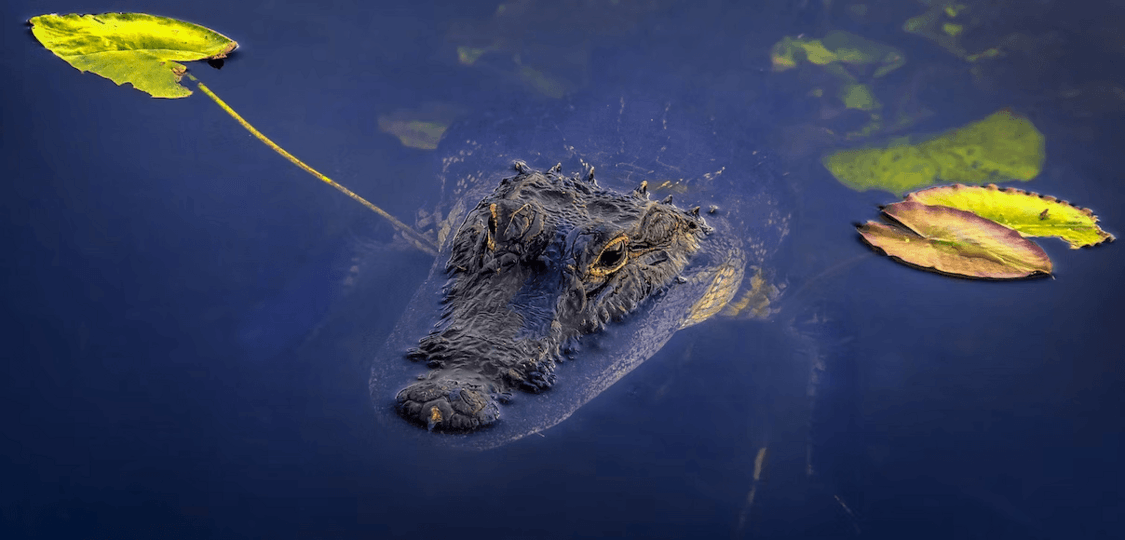Yellowstone National Park
Yellowstone National Park
Yellowstone National Park is located in the northwest corner of Wyoming, USA. It is the world's first national park and one of the most diverse landscapes among the US national parks. This land was once a sacred place for Native Americans and was later named after the explorations of American explorers Lewis and Clark. It was listed as a World Natural Heritage site in 1978.
In Yellowstone National Park, visitors can see herds of wild animals, magnificent scenery, steep canyons, and fossil forests, making it a place where one can lose themselves and linger.
Grand Canyon National Park
Grand Canyon National Park
Located in the northwest of Arizona, Grand Canyon National Park is one of the seven natural wonders of the world. This national park is divided into two parts: the South Rim and the North Rim, each with its own unique features.
The South Rim is the most frequently visited route by tourists, with perfectly constructed roads. The North Rim is at a higher altitude with thinner air, but the sky is a clear blue.
Although the Grand Canyon is not the deepest canyon in the world, its grandeur and breathtaking scenery make it irresistible, making it one of the most worthwhile national parks to visit in the United States.
Yosemite National Park
Yosemite National Park
Yosemite National Park, located in California, is one of the state's most famous tourist attractions. The park features majestic waterfalls, towering granite cliffs, and serene valleys, making it look like a fairyland from any angle. Here, you can find towering trees, alpine streams, glacier-carved rugged cliffs, and shimmering lakes, making visitors feel like they are in a paradise.
The state of water in Yosemite National Park is also a major factor in creating its magnificent scenery. Both solid and liquid water play important roles here. You can find your favorite natural landscapes here.
Arches National Park
Arches National Park
Located north of Moab, Utah, Arches National Park is home to the world's largest concentration of natural sandstone arches, with over 2,000 arches of varying sizes, the most famous of which is Delicate Arch. As an iconic landmark of Utah, the image of the arch even appears on the state's license plates. The park's geological wonders include spires, balanced rocks, and various other formations that have been forming for 300 million years, with new arches still being created.
Visitors are advised to spend a day hiking through the park's four main areas: the spires, the windows, the Devil's Garden, and Delicate Arch. Watching the sunset through the arches at dusk is particularly breathtaking. Spring and autumn are the best times to visit the park. Visitors should bring enough food, and staff at the entrance can provide Chinese brochures to help visitors better understand and explore the park.
Death Valley National Park
Death Valley National Park
Located on the eastern slope of the Sierra Nevada in the United States, Death Valley National Park is one of the largest national parks in the contiguous 48 states and one of the driest and hottest regions in the world. The northern part of Death Valley is rarely visited and lacks public facilities. Death Valley is famous for its 'walking' stones, a phenomenon whose cause remains unknown. Driving on an seemingly endless road, surrounded by an aura of death, with pitch-black barren cliffs neatly cut like a knife, the howling wind, and the silent atmosphere command respect. This might be the power and allure of nature. Death Valley is vast, with more attractions in the southern part. Visitors usually choose to visit several attractions in the Furnace Creek area, which is the essence of the entire park. The western region is more desert terrain. Watching the sunrise and sunset is an excellent choice for visiting here. The best time to visit Death Valley is in winter because the temperature in Death Valley is very high, with a large temperature difference between day and night. The period from Thanksgiving to March of the following year is a good time to visit.
Mount Rainier National Park
Mount Rainier National Park
Mount Rainier National Park is located in Washington State and is a mountain formed by a volcano. It is the fifth highest peak in the contiguous United States, with an elevation of 14,410 feet. The mountain is known for its rich glaciers, beautiful landscapes, and diverse wildlife. Mount Rainier's glacier system is the largest in the contiguous United States outside of Alaska, and due to its unique geographical location, moisture from the Pacific Ocean turns into snowfall, making it one of the areas with the highest annual snowfall in the United States. Visitors can experience various winter activities here, including skiing, snowboarding, snowshoeing, and snow hiking. Additionally, Mount Rainier National Park boasts numerous natural landscapes, including spectacular waterfalls, unique rock formations, winding rivers, and lush forests. Visitors can enjoy hiking, camping, bird watching, and wildlife viewing. The best time to visit is during the summer and early fall. The official website provides detailed opening and closing schedules as well as information on various activities.
Olympic National Park
Olympic National Park
Located in the northwest of Washington State, USA, Olympic National Park is an excellent showcase of geology and terrain, and one of the most scenically diverse national parks in the United States. This national park occupies the Olympic Peninsula and is one of the largest wilderness areas in the United States outside of Alaska. To protect its natural resources and pristine beauty, roads do not penetrate deep into the park but extend gradually from the surrounding areas. Here, you can experience a whole new visual feast.
Great Smoky Mountains National Park
Great Smoky Mountains National Park
The park boasts unique natural resources, attracting nearly 9 million visitors annually. You can stroll through lush meadows or hike in remote areas. Camping, fishing, picnicking, horseback riding, or simply enjoying the scenery are all great leisure activities. Each season offers different landscapes: spring blooms with various wildflowers, summer's cool streams are perfect for camping, autumn is adorned with falling maple leaves, and winter is serene and beautiful. The clear blue sky is one of the most captivating sights here.
Everglades National Park
Everglades National Park
Everglades National Park, located in southern Florida, was established in 1974 and now covers 1.4 million acres, making it the largest subtropical wildlife sanctuary in the continental United States. The park's terrain is flat, with a 6-inch-deep, 50-mile-wide freshwater river slowly flowing across the vast plains, creating a unique wetland environment. The park's expansive marshes, spectacular pine forests, and mangroves are home to countless wildlife species. Due to the park's vast area, multiple entrances have been set up, each with a visitor center providing maps, camping permits, and information about park rangers. Everglades National Park enjoys a spring-like climate year-round, making it a great travel destination in all seasons except for the hot and humid summer.
